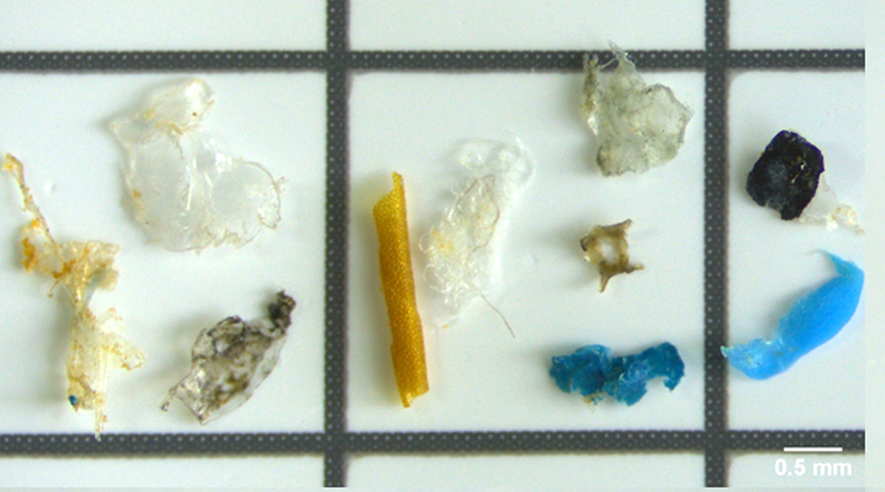03/10/2023
Microplastics filtered by sewage treatment plants are reintroduced into the environment through agricultural fertilisers
A study by the URV and the IISPV warns that it is necessary to improve wastewater treatment to prevent filtered microplastics from entering the food chain and posing health risks

A study by the URV and the IISPV warns that it is necessary to improve wastewater treatment to prevent filtered microplastics from entering the food chain and posing health risks
A research team from the URV’s TECNATOX research centre and the IISPV has analysed water and sludge samples from the various units of a wastewater treatment plant. Although 96 % of microplastics are removed from treated water, the results have shown that they are deposited in the sludge from the treatment plant, which is often used as fertiliser in agriculture and can pose significant risks to health and ecosystems.
In Catalonia, with a wastewater treatment capacity of approximately 2.9 million cubic metres per day, it is estimated that more than 6 billion microplastics are removed from the water every day but, at the same time, these particles accumulate in the sludge that is returned to agricultural fields, as it is traditionally used as fertiliser.
For every kilogram of mud, there are an estimated 100,000 microplastics. According to Joaquim Rovira, from the URV’s Department of Basic Medical Sciences and one of the principal investigators of the study, “this may represent a rather worrying potential environmental threat”, as “these particles can help to accumulate and transport heavy metals and other chemical pollutants, thus increasing environmental and human health risks”. Furthermore, “microplastics can be ingested by terrestrial microorganisms and enter our food chain,” he adds.
Microplastic pollution is a global environmental problem, present in all natural ecosystems (water, soil and air) and of concern not only to the scientific community, but also to society at large. Microplastics are non-biodegradable synthetic particles with a diameter of less than 5 mm, which can enter natural ecosystems in various ways, one of the main routes being water treatment plants.
In this study, the research team analysed the concentration, form and composition of the microplastics in the various treatment units of a wastewater treatment plant with various techniques and at different times of the year. The study has identified that most of the microplastics (66 %) are synthetic fibres such as synthetic cellulose, polyester and polyamide, probably from washing clothes. Microplastics, such as polyethylene, polypropylene and polystyrene, have also been found, originating from personal care products and entering wastewater directly as a result of human activity.
The research team has observed that microplastic concentrations are much higher in winter than in summer, and that the water treatment plant manages to separate more than 95 % of these synthetic particles from the water that is returned to the marine environment.
Therefore, the research group deems it necessary to further analyse the impact of microplastics accumulated in sludge once they have been returned to terrestrial ecosystems and may potentially enter the food chain. In addition, they propose to improve and update the technologies used in wastewater treatment plants so that microplastics can be removed more efficiently from wastewater and prevented from being reintroduced into ecosystems.
According to Rovira, “this could involve optimising extraction before biological treatment or avoiding agricultural uses”. He also suggests the possibility of “reusing the sludge for other purposes, such as the production of asphalt for road construction or incineration to generate energy, although other ongoing studies could confirm this in the near future,” he concludes.
Bibliographic reference: Lara Dronjak, Nora Exposito, Jordi Sierra, Marta Schuhmacher, Karin Florencio, Beatriz Corzo, Joaquim Rovira, Tracing the fate of microplastic in wastewater treatment plant: A multi-stage analysis of treatment units and sludge, Environmental Pollution, Volume 333, 2023,122072, ISSN 0269-7491, https://doi.org/10.1016/j.envpol.2023.122072
